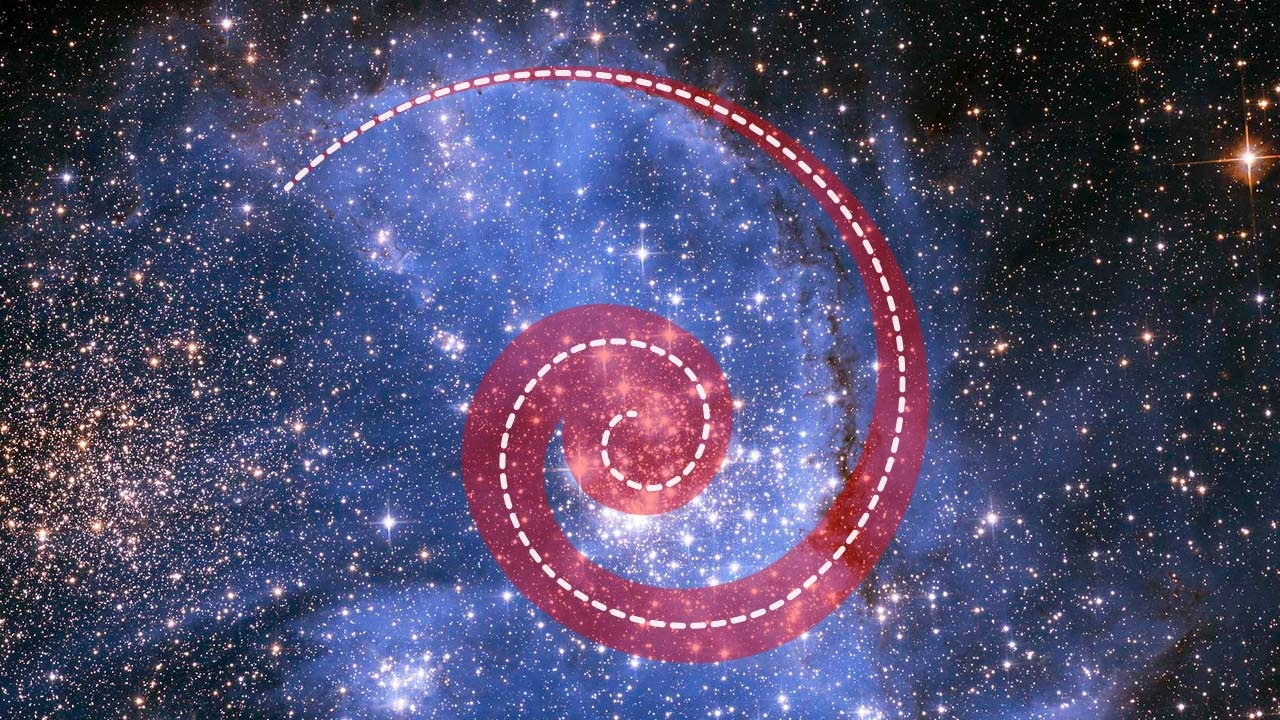
Stars and gas spiral slowly toward the center of a massive star cluster in the Small Magellanic Cloud, a dwarf galaxy 200,000 light years away.
Their movement helps fuel new star formation in the heart of the cluster, according to two separate studies using data from the Hubble Space Telescope and the ground-based Very Large Telescope.
“What was really amazing is that we used two completely different methods with different facilities and basically came to the same conclusion, independent of each other,” says Space Telescope Science Institute astronomer Peter Zeidler in a statement.
What’s New — The bright, massive stars and dense gas clouds of star cluster NGC 346 are drifting in an ever-narrowing spiral toward the cluster’s center. Astronomer Elena Sabbi of the Space Telescope Science Institute and her colleagues used 11 years of images from the Hubble Space Telescope — poring over archived data as well as making new observations — to measure tiny changes in the stars’ positions. Over 11 years, the stars in Hubble’s image of the cluster had moved an average of about 320 million kilometers, about twice the distance from Earth to the Sun. In other words, the slow swirl of stars is flowing at about 3,200 kilometers per hour.
As stars and their surrounding clouds of gas spiral toward the center of the cluster, things start to get crowded. Clouds of gas get more densely packed, which kicks off new waves of star formation. That’s why NGC 346 is still actively producing new, massive stars. And the fuel keeps pouring toward the center of the cluster from the outer arm of the spiral.

Zeidler and his colleagues used an entirely different technique to measure the stars’ motion with an instrument called MUSE — the Multi Unit Spectroscopic Explorer on the Very Large Telescope, based on a mountaintop in Chile’s Atacama Desert.
As objects in space get closer, the wavelengths of light traveling between them get compressed, so they look bluer. As objects move apart, the light traveling between them stretches out, so it looks redder. That’s called the Doppler Effect, and it allowed astronomers to measure the stars’ radial velocity: how fast something is moving toward or away from the telescope. They spotted the same spiral flow as Hubble — with an added detail.
“With Hubble, you can see the stars, but with MUSE, we can also see the gas motion,” says Zeidler. “It confirms the theory that everything is spiraling inwards.”
Why It Matters — Astrophysicists see the Small Magellanic Cloud as a good model for studying the very early universe, about 2 to 3 billion years after the Big Bang, when the universe went through a phase of frenzied star formation. It was a simpler time with simpler chemistry — most of the heavier elements hadn’t yet been created in supernova explosions. And the Small Magellanic Cloud, with its nostalgic shortage of heavy elements, is like a window into the past.
With Hubble and VLT, Sabbi and Zeidler’s teams just showed that star formation processes in the Small Magellanic Cloud — and therefore possibly in the universe’s early years — are similar to what happens in our very modern Milky Way.
What’s Next — Just as Hubble and VLT were able to see different types of object in the NGC 346 cluster, and measure their motion in different ways, the James Webb Space Telescope can contribute its own piece to the puzzle. Webb’s instruments should be able to see the smaller, lower-mass stars in the cluster, not just the largest and brightest.
And if astronomers can use Webb to check in on NGC 346 several times over the next 20 years, they can find out whether the smaller stars are moving in the same way, and at the same speed, as the larger ones.







